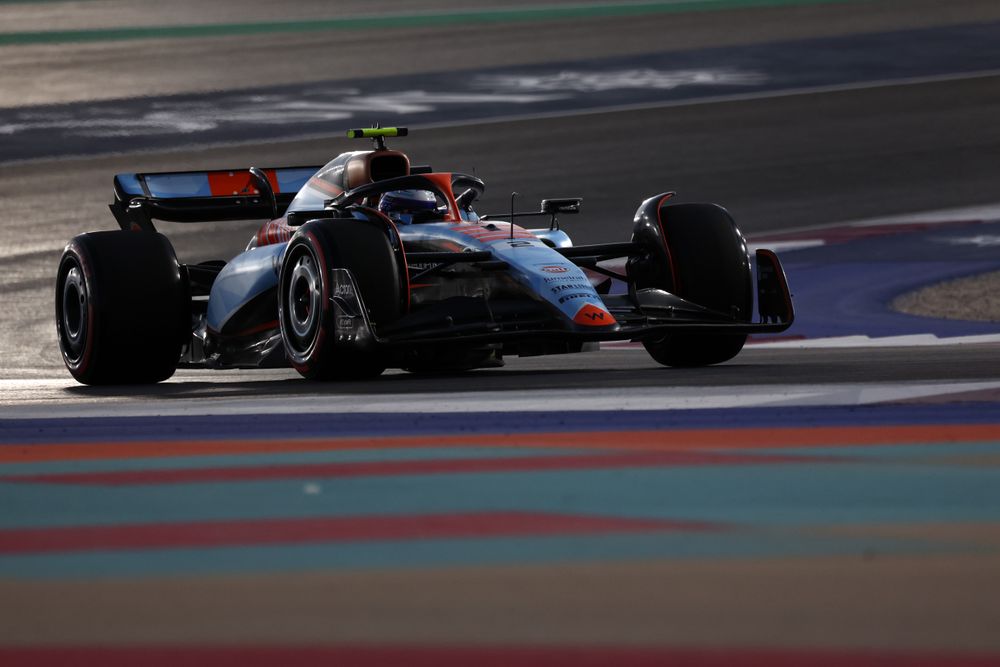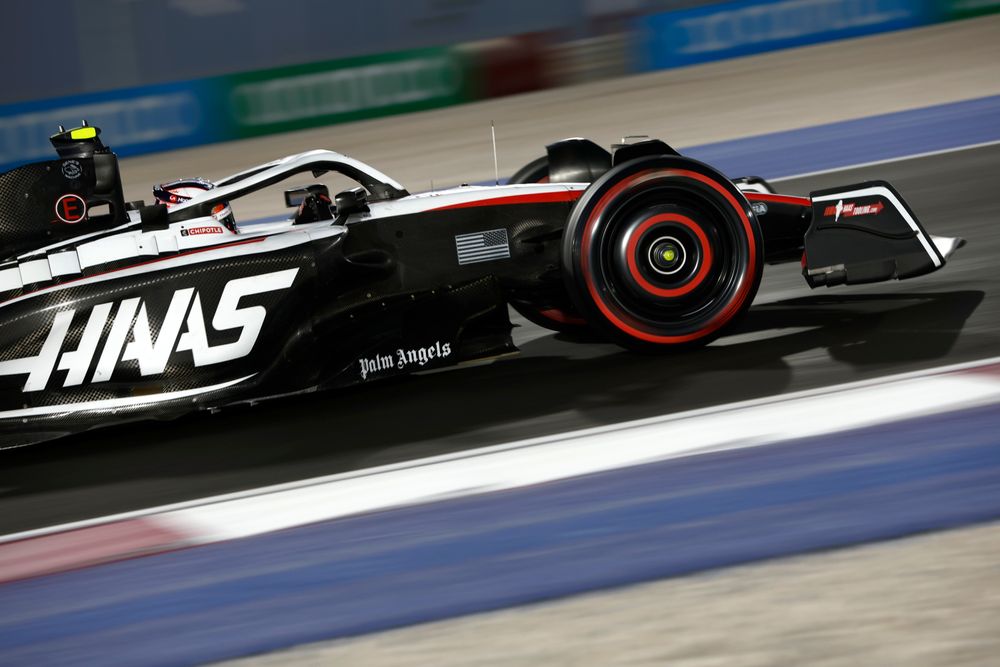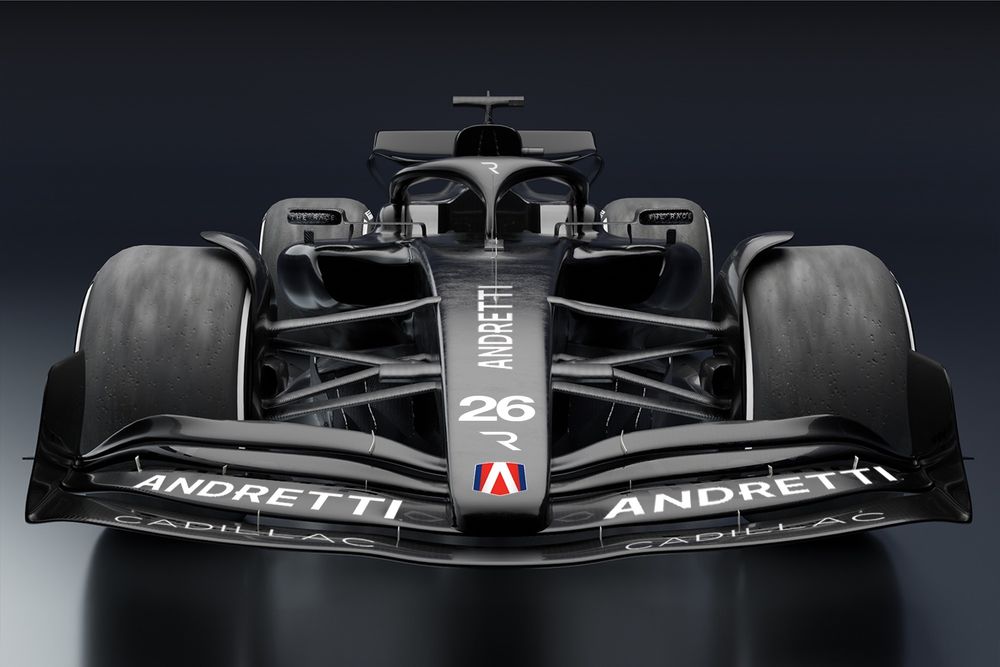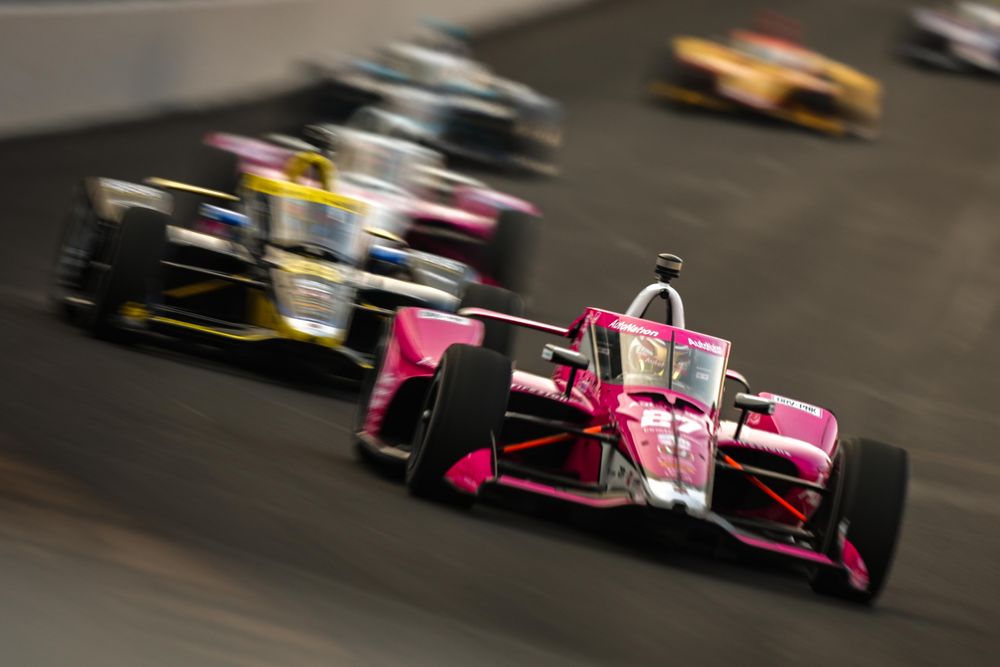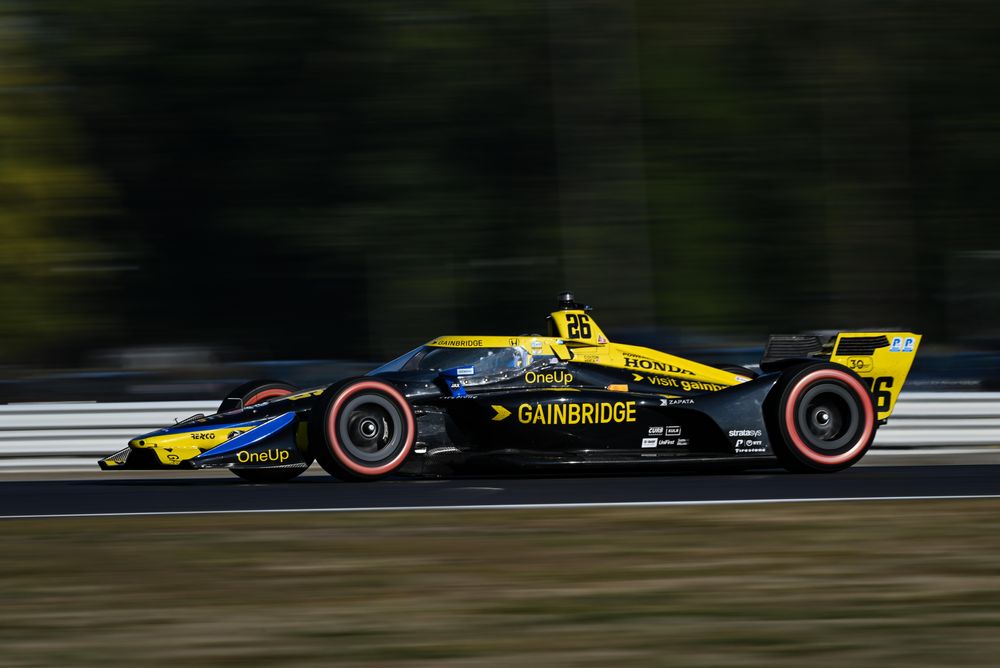Up Next

Would Formula 1 itself be at risk of collapse if Andretti joined the grid? That’s effectively the argument being made by some existing F1 teams for not letting Andretti, or any other prospective 11th team, come to the party in the near future.
And Haas, the last new team to be accepted into this exclusive club, is very insistent on this point.
Haas is far from alone in feeling this way. In the wake of the FIA’s unilateral decision to approve Andretti’s application to become F1’s 11th team, James Vowles revealed that Williams is one of several current F1 teams that still turns a loss. In making his own anti-Andretti case, Vowles pointed people towards filed accounts and declared Williams to be “very lossy”, while also suggesting “probably half the grid” is financially unstable.
This was put directly to Haas team principal Guenther Steiner, who was asked if he/Haas was ‘vociferously against’ Andretti joining the grid for the reasons Vowles outlined. His reply was “absolutely”.
“The economic situation, we are stable, but we are not making hundreds of millions of profits,” Steiner explained. “We are still trying to get our budgets together to work on the budget cap and all that stuff. If you put more teams in there, the risk is if something goes wrong the risk is higher that we fail.
“I would like to go back to 2020 - I remember sitting in meetings when the pandemic hit and four teams were ‘are we here next year or not?’. We were all struggling, trying to keep alive, and a lot of people and a lot of team owners have put their money into it to stay alive and to make F1 what it is now. There is value to that as well.
“It’s easy to say, ‘it [Andretti] doesn’t do anything for F1’. I’ve always said, if it can be demonstrated that nothing is going negative for anybody, let’s talk about it - but I haven’t seen anything.”
Steiner also pointed out to us, in a 15-minute media briefing that was almost exclusively dedicated to this topic, that F1’s current teams don’t actually have any real say in whether Andretti gets a spot or not. This is ultimately FOM’s, and therefore Stefano Domenicali’s, decision to make.
But given FOM’s stated position on this matter: that the current 10 ‘franchises’ should be protected, that any new entities should be manufacturer teams, and that prospective new entrants should try to buy/invest in existing teams before setting up new ones, we can safely assume F1’s commercial rights holder is primarily minded to look after its own - which means the collective opinion of the existing teams carries weight even though it’s not decisive.
“Why would we dilute what we have got just to get somebody else, a team, when Formula 1 is booming - because who knows where we are in three or four years?” Steiner added, while suggesting “most of the teams” agree with this argument.
“And I go back also, it’s only in 2020 when we were struggling to stay alive as Formula 1. If four teams fall out, there’s only six left. Why would we make it weaker now? If something comes up again [like the pandemic] we need to be as strong as we can, the 10 teams which are here - which got through the hard times.”
BUT WHAT CLEAR 'ADDED VALUE' DOES HAAS BRING?

Steiner makes a perfectly valid point about the importance of F1 looking after the teams that faced down the difficult years of the pandemic and rode out the financial storm that imposed - and you can well understand why the likes of he and Vowles are still nervous about their bottom lines.
Team owner Gene Haas was seemingly ready to pull the plug until that 2020 Concorde Agreement enshrined greater revenue shares for the smaller teams. Dorilton was convinced to buy out the Williams family and invest in Formula 1’s bright, Netflix-powered future boom in the US.
Dorilton especially is still pumping in tens of millions a year as Williams tries to rebuild after many years of on-track struggle and off-track underinvestment. McLaren too sought significant investment from the Middle East and America after the pandemic all but wiped out the automotive money-spinner that previously supplemented its race team's budget. We’ve also seen Alpine recently take on high-profile investors in order to fund the renewal of that team’s infrastructure.
Although taking on this extra debt is clearly a conscious decision, as Steiner put it, “you always need to invest” because standing still is tantamount to going backwards in F1.
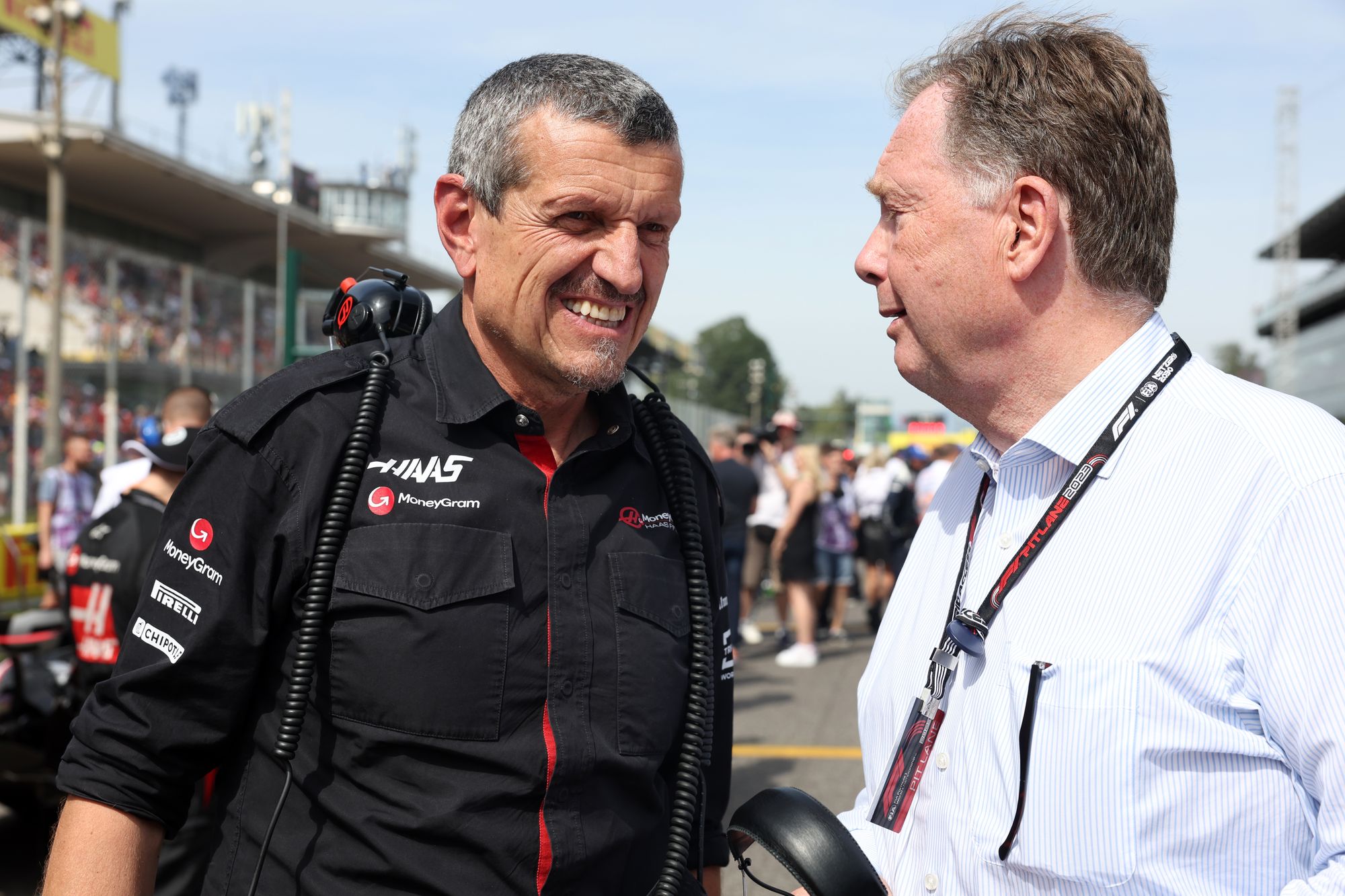
“You never can say ‘we don’t invest anymore’,” Steiner added. “Some teams make a profit now but the profit, as I said, is not hundreds of millions.
“The big teams, some of them make a profit but everyone is still working really hard to put as much investment as possible into it - wherever the money comes from, if it is the shareholders, if it is sponsors.
“But for sure a big part of it is the FOM income and all of a sudden if you lose 10% of that one, we have to find it somewhere else. Is it an investor, is it sponsor? But it’s still work we have to do which otherwise we wouldn’t have to do.”
So the existing teams, as we know, want sufficient compensation before agreeing to have what they see as their hard-won slice of F1’s commercial pie divvied up for the benefit of someone else who hasn’t done all those hard yards in F1 already.
But the trouble with this argument is defining the value each of the existing teams brings to F1 in terms of legacy. Ferrari clearly commands the greatest share here - still enshrined in the Concorde Agreement - based on its profile and longevity. Younger teams (including Williams) with successful track records also get a bit extra.
But once you go outside of Ferrari and the other storied/successful teams (Red Bull, Mercedes, McLaren, Alpine/Renault), what is the value of the legacy of an AlphaTauri, or a Sauber, or a Haas especially? Apart from already being at the table before Liberty Media took over F1’s commercial rights, it’s difficult to see what clear added value any of these teams really bring.
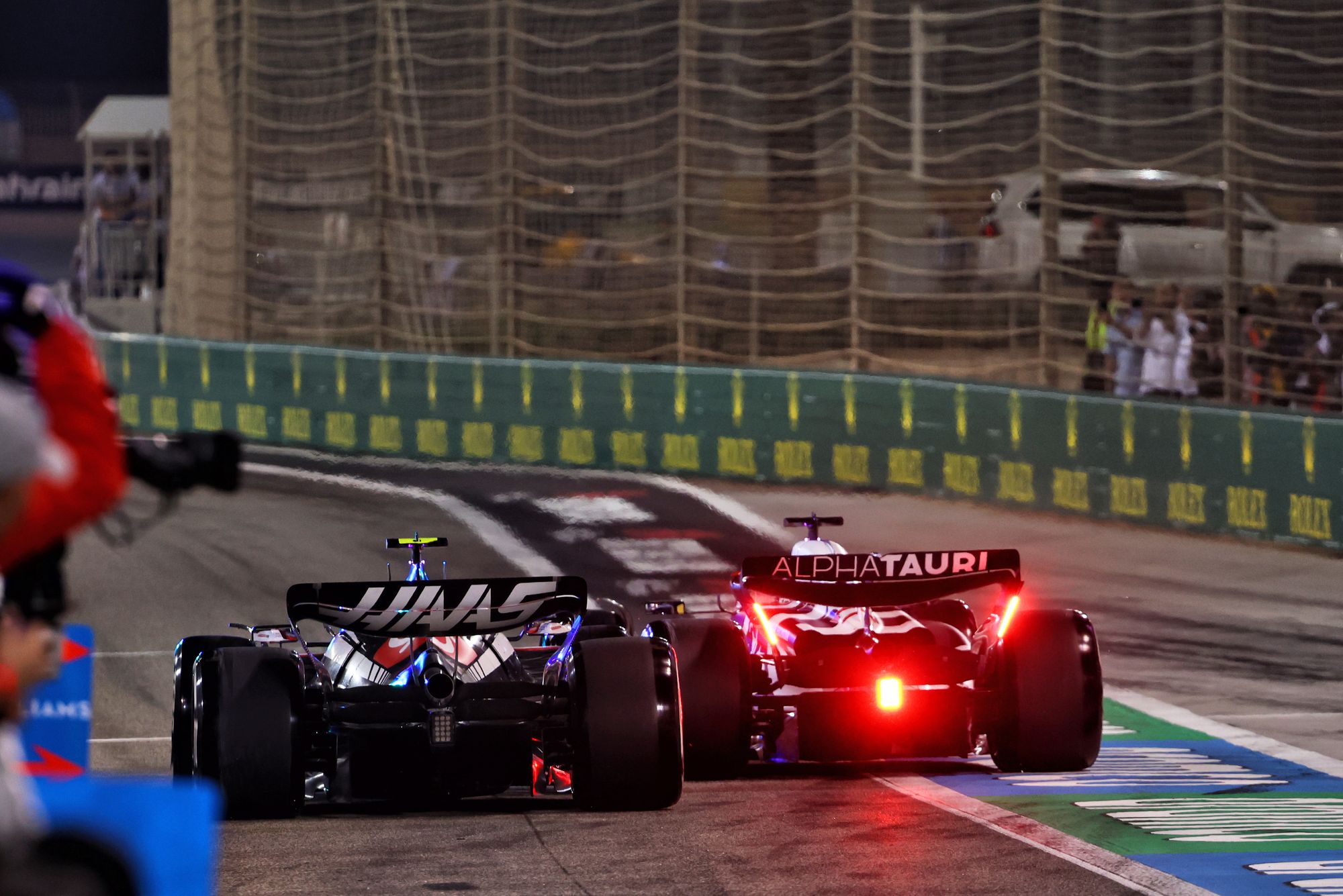
Lawrence Stroll’s consortium brings Aston Martin - and will soon bring Honda with it too; Sauber has at least hitched its wagon to the VW Group for the forthcoming 2026 rules reset, so there’s a clear box ticked for F1 in that arrangement as well, but AlphaTauri and Haas are effectively small-time customer teams in a championship that says it doesn’t really want those anymore.
Has Haas been crucial to F1 ‘cracking America’? It probably hasn’t hurt, but it’s also doubtful Haas has done more to raise F1’s profile Stateside than Netflix has.
The bar to entry has clearly risen compared to 2014/15 when Haas was making its move. Andretti is trying to clear that much higher bar, but even with the backing of GM Motors (via the Cadillac brand) probably won’t be permitted to make the leap.
One of Andretti’s failed co-bidders in the FIA’s process to select new teams for F1 even went on record saying Haas wouldn’t make it now if it were again a new team trying to break in. That’s a valid argument to make. Cadillac-supported Andretti looks on paper a much stronger proposition than a Ferrari customer team sponsored by an American machine tools company would.
That’s not to say Haas has contributed nothing to F1 and its recent growth, but how to value that accurately? F1’s existing teams are quite clear in saying they want to be fairly compensated by any new entity coming in, and that the existing $200million dilution fund currently enshrined in the Concorde Agreement isn’t enough. So what is enough - and why should each of the existing 10 teams be compensated equally when each of them is clearly not equally valuable to F1?
WHAT ELSE CAN ANDRETTI DO?
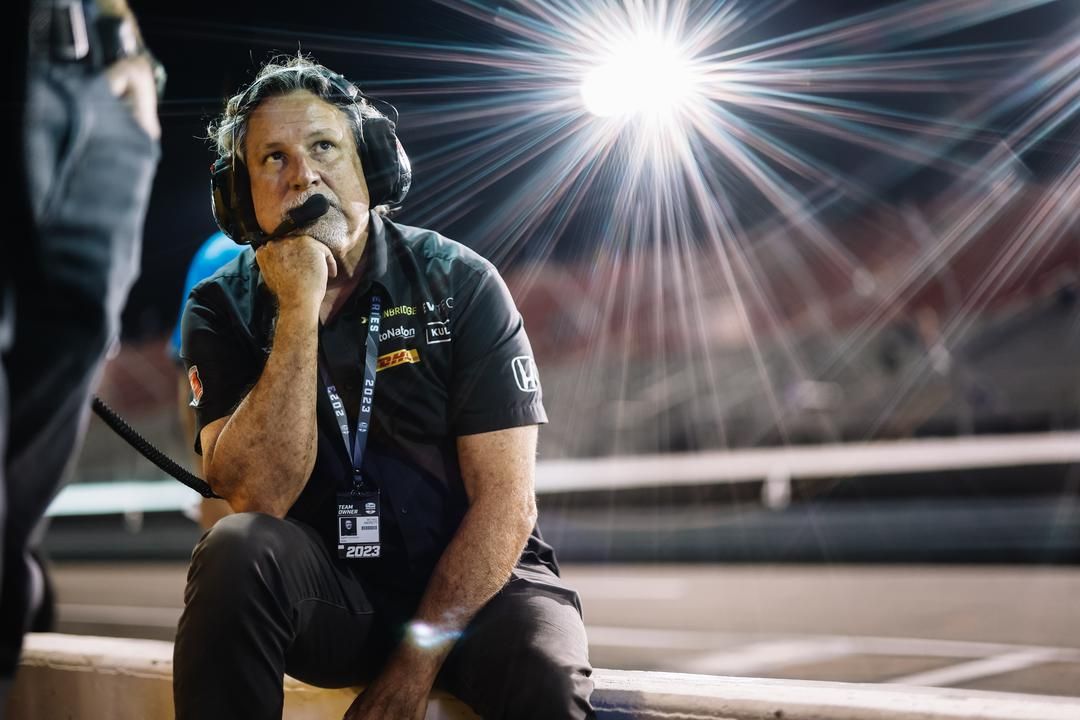
This is effectively what the existing teams are trying to say when, under questioning, they reference Andretti ‘bringing something’ or ‘adding value’ to F1 as a whole. What they really mean is, ‘adding value to my team by compensating me for what I think I would lose to them in terms of divided revenue share and sponsorship’.
Steiner reiterated calls for “an appropriate dilution fee” - meaning more than what’s enshrined currently - “based on what the value of a team is now”.
“You can put something in that the minimum values are what the last team was valued at by transaction,” he added. “It’s pretty simple to do that.”
The rub of the argument here is that F1’s current teams feel their value has dramatically increased since they last enshrined their commercial rights in 2020. When Steiner was asked explicitly why the teams back then didn’t reject the clause that allows for the expansion of the grid to 26 cars or 13 teams, he replied:
“If you would have told us at that time that Formula 1 in three years time will be the business it is now, maybe we would have done different - but at the time, three years ago, we couldn’t look into the future.
“And now Mr Hindsight comes along and says ‘why did you do this wrong?’. If I had known in 2020 what Formula 1 would be now, I would have invested a lot of money in Formula 1 and would be a rich man now because the tide of F1['s share price] has gone from $20 to 70-something.”
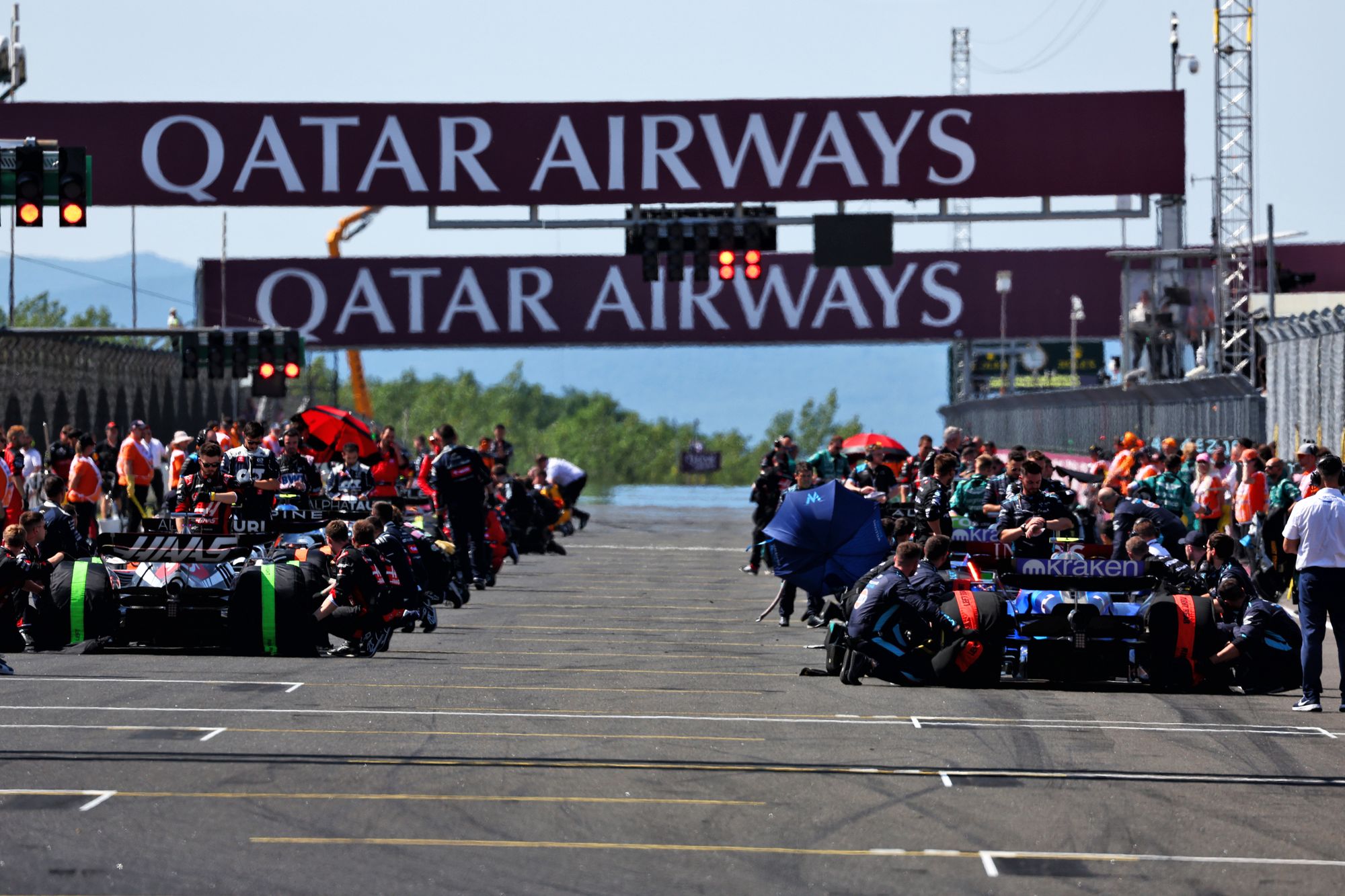
That effectively tells you what the teams feel the price of entry for Andretti should be. Steiner calculates an almost five-fold increase in F1's worth, so you can see why they collectively want the price of entry to move north of $200million to somewhere near a billion.
Even the suggestion of FOM footing the bill for Andretti by taking a share of revenue from its own pot to pay for an 11th team is met with short shrift:
“In the end it’s FOM’s decision if they would invest in another team,” Steiner said. “But also the other teams would say ‘you invest in an 11th team, why don’t you invest in us?’
“We are here, we were here before, we helped to create what it is now to make the profits, and all of a sudden the investment goes somewhere else. I don’t think we would be really happy about that one.
“You couldn’t say ‘if FOM pays for it, we don’t care about it’ - no, we care, and I think FOM is well aware of that.”
Andretti could also try again to buy or invest into an existing team - but having been turned down by Gene Haas himself, and failed in a bid to buy Sauber too, Andretti hasn’t had much luck going down that route so far.
Vowles even suggested Williams would welcome Cadillac/GM with open arms, which tells you everything you need to know about which part of the Andretti bid F1 insiders actually see as valuable.
Were Cadillac trying to become engine supplier to McLaren for 2026, or buy into Williams, the attitude would likely be very different.
But regardless of the outcome of this FIA/FOM turf war - and we very much expect F1 to reject Andretti on commercial grounds even though the FIA has approved Andretti on sporting/technical grounds etc - there is the wider question of how all this plays outside the F1 bubble.
This protectionist, cartel mindset won't sit easily with the public when the championship is simultaneously projecting an image of turbocharged growth and expansion.
Saying ‘some of us won’t survive if Andretti comes after our revenue’ also looks weak for a category that’s supposed to be the number one motorsport on the planet, founded on a bedrock of pure competition.
How will F1 square rejection of Andretti, or any other 11th team, with its fans, who almost certainly would welcome more diversity on the grid?
“I think maybe the fan needs some explanation why it’s not so easy to just add an 11th team - because we risk the whole other 10 teams,” Steiner said.
“I go back to what I explained before - in 2020 were on the brink not to have a Formula 1 anymore, or a Formula 1 with six teams.
“And the team owners which kept on investing money and keeping it alive in the moment are asked, only three years later, to give some of their values away.”
So, as ever in F1, it will likely come down to who is prepared to pay and how much - whether that’s to allow Andretti in after all, or to somehow make it all go away.



